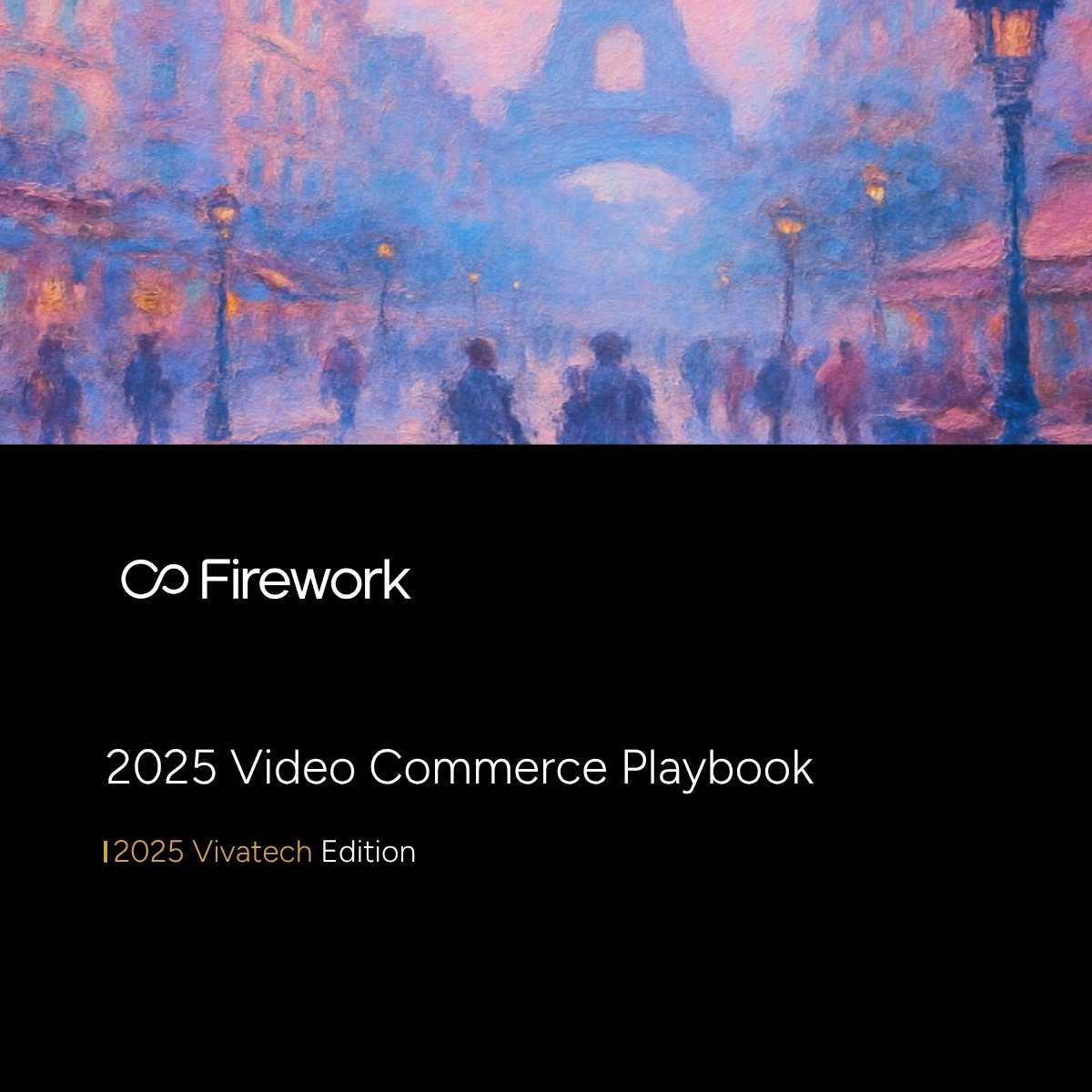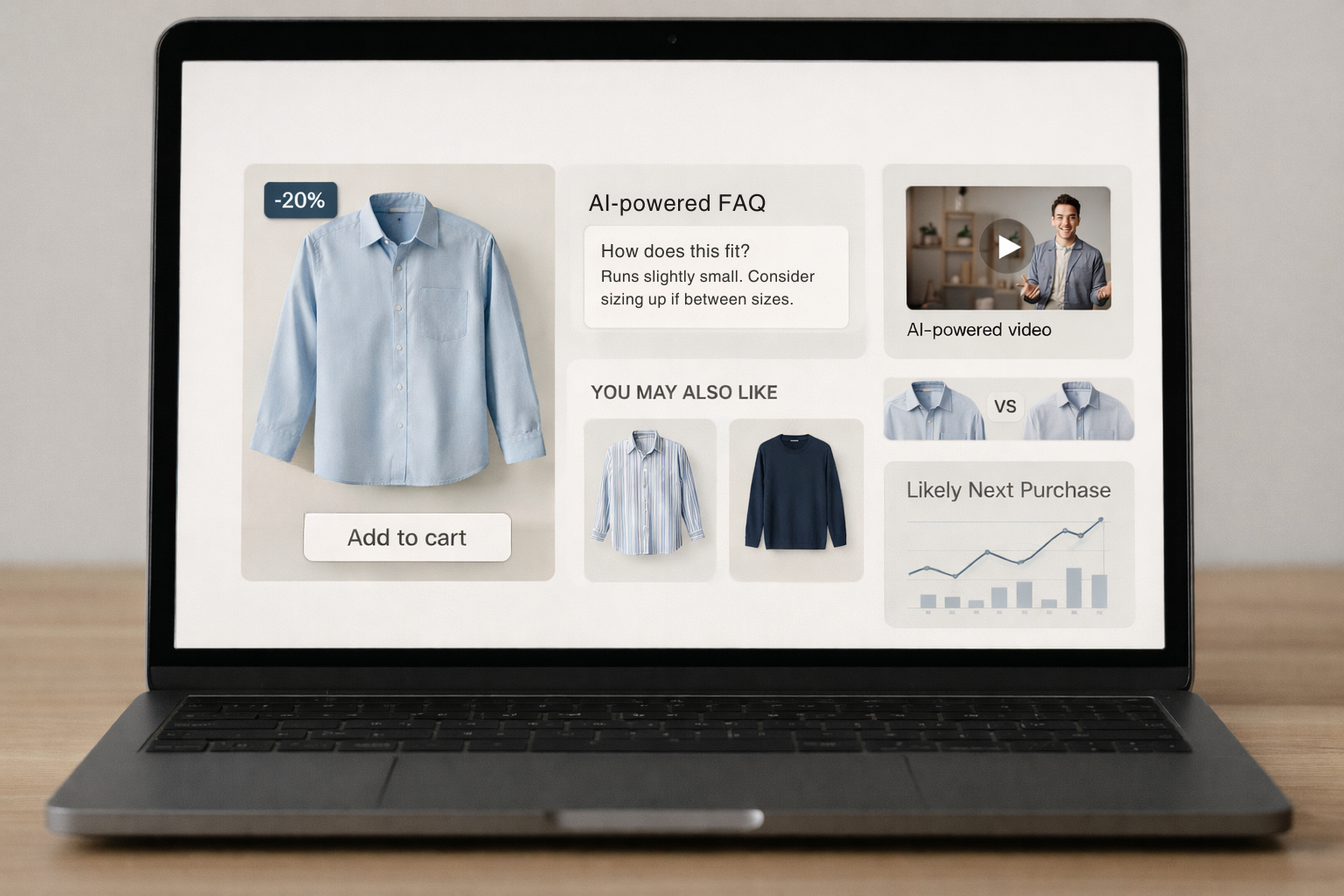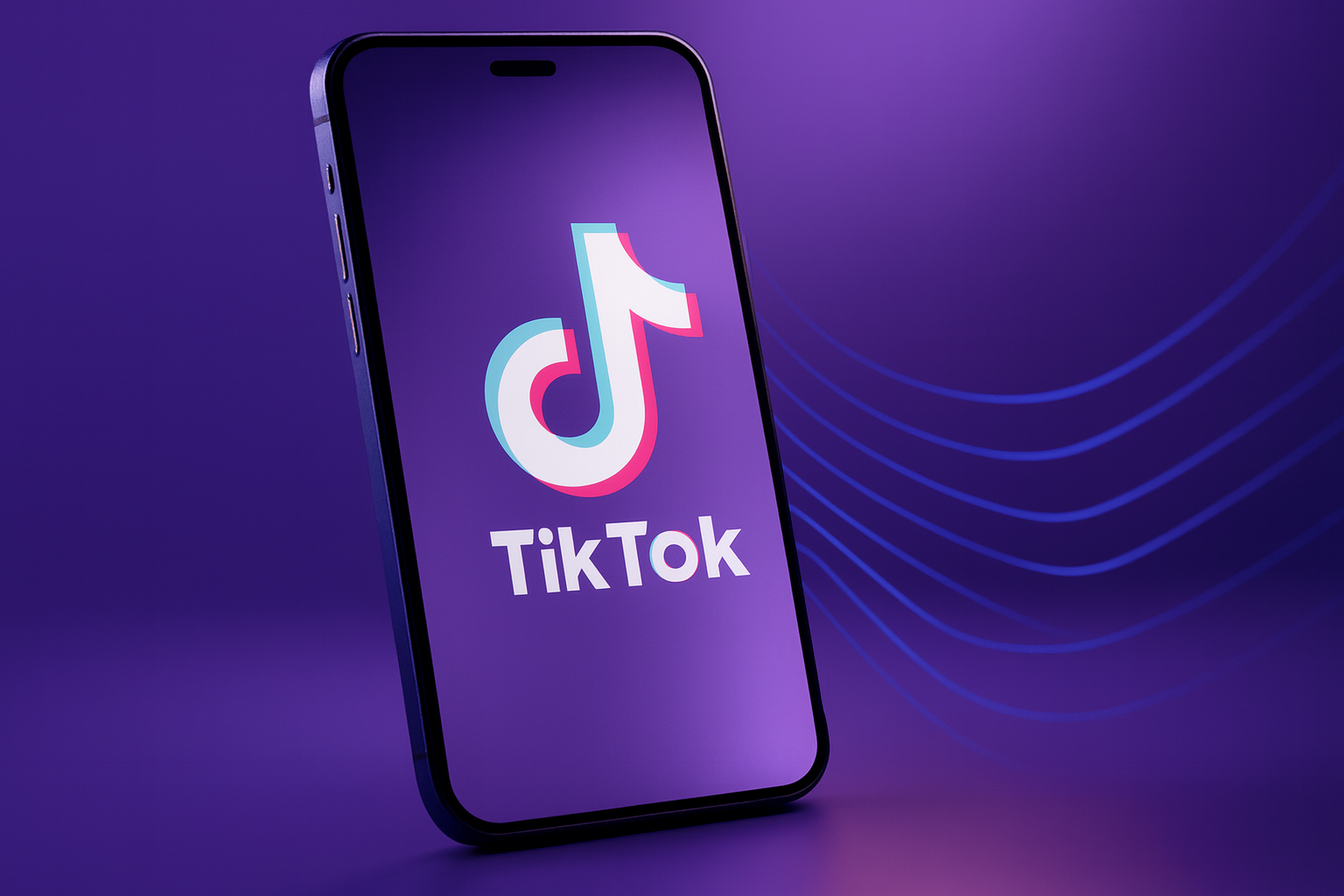Retailers are under pressure. Margins are thinning, acquisition costs are rising, and shoppers expect seamless, personalized experiences across every channel. Traditional methods can’t keep pace with today's or tomorrow’s demands. That’s why more retail brands are turning to artificial intelligence as a practical, scalable solution.
AI helps teams make faster decisions, automate routine tasks, and connect with customers in more meaningful ways. From more intelligent product recommendations to optimized inventory management and responsive support, AI is quietly transforming the backbone of retail operations.
This article carefully breaks down seven real-world AI applications that forward-thinking retailers are already putting to work. Whether you're exploring automation for the first time or refining your tech strategy, these examples offer clear, actionable insights. Learn how AI can help your business adapt faster, engage better, and grow smarter in a market that leaves little room for slow movers.
1. AI-Powered Visual Search to Reduce Discovery Friction
Visual search lets shoppers upload images to find similar products instantly. By replacing keyword searches with a single tap, you eliminate the "I don't know what it's called" barrier that kills purchases.
Many shoppers struggle to find products with traditional search tools, but visual search solves this almost completely. Fashion, furniture, and beauty brands lead adoption because their products are easier to show than describe. ASOS's Style Match turns street-style photos into curated product lists, boosting engagement among Gen Z audiences.
Visual search significantly improves conversion rates compared to text-based search. For consumers, the ability to simply snap a photo of a desired item eliminates the frustration of attempting to describe visual characteristics through text. This common challenge often leads to purchase abandonment.
To make this tech work, focus on three basics: high-resolution multi-angle images, detailed product tags, and mobile-first interfaces. These foundations shorten the path to purchase and increase order values.
2. Real-Time Personalized Product Recommendations
AI analyzes browsing behavior and purchase history to show products customers are most likely to buy.
Amazon attributes 35% of sales to its recommendation engine. Three algorithm types power these systems: collaborative filtering (connecting similar shoppers), content-based filtering (examining item features), and hybrid models that combine both approaches.
The economic impact is substantial as these systems optimize timing, channel, messaging, and even pricing based on individual shopper profiles. The technology has matured significantly, with even small retailers now able to implement AI recommendation systems at a reasonable cost.
Innovative suggestions work best on homepage carousels, product pages, follow-up emails, and thank-you pages. Collect only necessary data, anonymize where possible, and provide opt-out options to build trust.
3. AI-Driven Shoppable Video & Live Commerce
Shoppable video enables instant checkout from product clips. Computer vision tags products while AI delivers videos to the most likely buyers. People joining live commerce sessions convert better than standard page visitors. Puma saw significant increases in earnings-per-click with interactive video.
Interactive video content drives substantially higher engagement than static content. Conversion rates typically increase when using interactive shoppable videos compared to traditional product pages.
Shoppable videos combine the emotional impact of storytelling with immediate purchase opportunities, eliminating friction between inspiration and transaction. Beauty, electronics, and grocery brands adopted early because customers want close-up demos.

4. Dynamic Pricing & Promotion Optimization
Machine learning adjusts prices before competitors undercut you or demand spikes hurt margins. Algorithms monitor competitor catalogs, demand signals, and external factors, updating prices within minutes.
Amazon's pricing engine checks inventory and demand data every 2-10 minutes, resulting in millions of price updates per day. Benefits include targeted markdowns, revenue increases during peak demand, and more efficient promotional spending.
Retailers implementing dynamic pricing strategies are more likely to report margin improvements in an industry where net margins are often slim.
These systems analyze numerous variables when making price recommendations, including competitor pricing, historical sales data, inventory levels, and even weather patterns. For example, umbrella prices might automatically adjust when rain is forecasted, capturing value that would otherwise be lost.
Rules preventing destructive price wars are essential. Link pricing engines to inventory systems to automatically adjust prices for low-stock bestsellers.
5. Smarter Inventory & Demand Forecasting
Machine learning transforms inventory guesswork into science by analyzing millions of signals to forecast demand precisely.
Walmart's supply-chain engine processes hundreds of millions of data points daily. Store managers restock before shelves empty and free capital from slow-moving items.
Using AI forecasting results in substantial reductions in inventory costs while simultaneously decreasing stockouts. Traditional forecasting relied on historical sales data and basic seasonality, but modern AI systems incorporate external factors like social media trends, economic indicators, weather, and even local events.
A clothing retailer might automatically increase stock of certain items after a celebrity is photographed wearing a similar style, capturing demand spikes that conventional systems would miss. Start by combining historical sales with external variables in a cloud data lake. Include safeguards that flag unusual patterns, building trust in the system's recommendations.
6. Conversational AI for Shopping & Support
Natural-language models work as 24/7 shopping assistants that understand intent and context in real time.
H&M's bot reduced response times while handling thousands of routine questions. Train your model on your product range, FAQs, and past support conversations. Place it across key touchpoints with smooth human handoffs when needed.
Modern conversational AI systems can effectively handle customer inquiries without human intervention, while maintaining high satisfaction scores. The technology is becoming increasingly affordable, with ROI typically achieved within months through reduced support costs and increased conversion rates.
These assistants learn from every interaction, gradually increasing average order values and preventing cart abandonment.
7. Post-Purchase AI to Reduce Returns
Machine learning turns every return into data that prevents future ones. When a customer picks a size that typically runs small, the system sends a quick tip: "Customers your size prefer M."
H&M's virtual agents handle returns 24/7, creating goodwill that leads to repeat purchases. Intelligent algorithms suggest exchanges that often generate more revenue than the original sale.
Return rates can reach significant levels in categories like apparel, making the financial impact of improvements substantial. Research shows that retailers implementing innovative return prevention systems see measurable reductions in return rates, translating to saved processing costs and recovered revenue.
These systems actively prevent returns by identifying patterns in customer behavior, product descriptions, and sizing inconsistencies that lead to returns.
Turn Inspiration into Revenue with AI & Firework
Seven powerful tools (visual search, personalized recommendations, shoppable video, dynamic pricing, demand forecasting, conversational AI, and returns optimization) can dramatically boost profits and loyalty. Success comes from putting customer experience first, removing friction, and anticipating needs at the perfect moment.
The key to success lies not just in implementing individual technologies but in creating an integrated ecosystem where each AI solution enhances the others, creating a seamless customer experience that builds loyalty and drives long-term growth.
Ready to transform your brand experience? Firework's AI-powered video commerce platform turns every interaction into an opportunity for engagement and conversion. Start your journey today by booking a demo.
Unlock Exclusive Insights
By submitting this form, you agree to Firework's privacy policy and consent to receive personalized marketing communications. You can unsubscribe at any time.




























